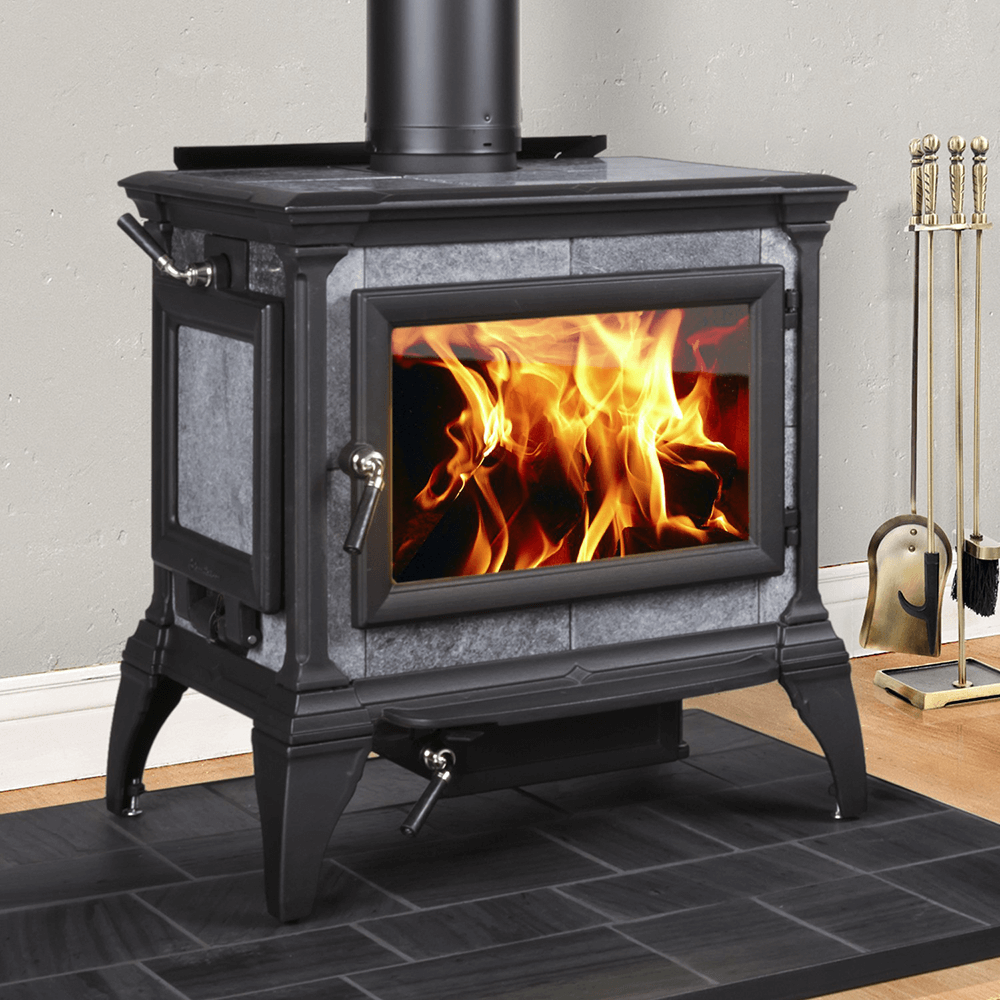I have a stand-alone generator. When the power goes down, I have no idea as the generator automatically takes over. No more worries about being without power any more. I also have 2 woodstoves.
For your wood stove, do you have a storage of wood in a dry place. I see you live in Vermont. Should need quite a bit I would think.
Something to consider: You need various sizes of wood. That which is your starter wood. Small branches or leaves or pine needles. On top of that, medium size twigs or branches. On top of that you need you larger logs. Start small and build up.
Something I have learned: You get up on a cold morning and the fire has gone out in the stove. You build your fire as I described above and light it. Instead of the smoke going out the flu, it literally blows out of the stove into your house filling it with smoke. Why?
Well, I got up one morning. Fire had gone out and it was cold. I opened the stove to get the ashes out before building the wood. When I opened it, I could feel the cold inside the stove. The cold from outside had literally come down the flu after the fire went out,.
That meant, that I had to create enough heat to push the cold up the flu in order to create a draft. Which meant if I was waiting on my wood to get started, that until that time, all the smoke was coming right back into my house.
Solution. At the start, I don't try and light my wood. I get a couple of pieces of newspaper, light it, and place it right under the flu. You will be able to hear the rush of draft when it forces the cold up the flu.
Then you put your fire to the wood, and all is well.
Lees

